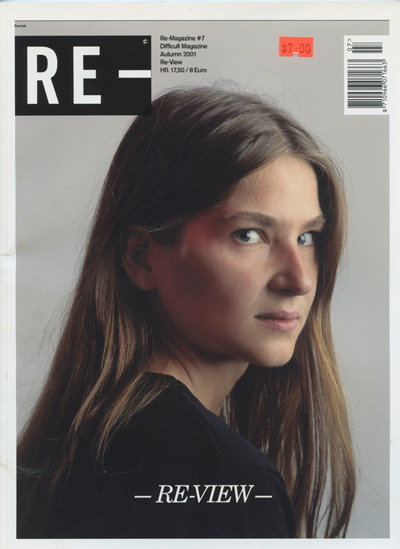Good boys make good husbands, but bad boys have all the fun. So they say. Ever the dutiful first son, I fought the truth of the adage for years. While young, I doted, wrote poems, gave flowers, held doors, basked in my own chivalry. And what did it get me? Not very much.
As it stands, I am a good husband. I cook for my family, and sometimes even clean up. But I’d never have made it to husbandhood had I not embraced my dark side. It’s what makes us whole.
Argue if you must, but there are very few sociopaths out there, and fewer psychopaths still. Most of us possess the milk of love and murder in our veins, and almost everyone does the best they can. Horrible deeds, more often than not, come with easy justifications. Most miserable acts are not seen that way by those who commit them. There are reasons that cloak the wave of unstoppable emotions.
We have, and will always be fascinated by those who dance too close to the darkness. Literature, Film, Photography, and many other media have long mined the hills of sorrow, and rarely do they celebrate remorse. People just love to watch other people get killed. (Pretend, now. Not so, back in the day.)
Bad guys are like fun house mirrors. When we gaze into their eyes, we fool ourselves into believing they contain all the horrors of the world, sucking it out of us so we may remain clean as the carpets in the White House. (I’ve never visited, but even with our huge government debt, you know they’re not scrimping on the President’s hired help.)
I am no different, whether yelping with delight as a teen-ager, as Stephen Segal broke bones Aikido-style, or whooping with dismay as another head dropped in Game of Thrones. Like I said, I’m no different. It’s a part of the human psyche, and deny it at your peril. Repressed emotions, in my experience, are far more powerful than those honestly expressed.
“Dead Men Don’t Look Like Me” is a powerful new book, for all of the reasons above. Recently published by TBW Books in Oaktown, (as they call Oakland,) the small, black soft-cover book contains a trove of images found by one Mike Brodie in 2006. The book was put together by the publisher, Paul Schiek, with an opening essay by Vince Aletti.
Speaking of Oaktown, I recently read that there have been a spate of robberies of late, where photographers, like us, have been relieved of their heavy camera equipment. (Thoughtful burglers, no?) Televison news vans have been jacked too, multiple times. My wife’s friend swears that every major item in her home has been bolted to the floor. Her neighbors, she claims, have all done the same. Welcome to California in the 21st Century.
The book, though, remains rooted in the middle of the 20th. (Yes, I do remember to review the books from time to time.) The photos contained within were made in a Georgia prison; each image a portrait of an incarcerated inmate. Without the provided backstory, you’d probably figure that out for yourself.
They’re all white, as Mr. Aletti points out, and in the range of 25-40. Conmen, grifters, fighters, killers, car theives, rapers, hustlers, and maybe even one or two who didn’t do it. (Is everyone always innocent in their minds?) Most, if not all, have that look about them. Trouble, but the kind that makes you look twice. Dark charisma.
We’ve all seen books of found photos before. This time, the photographer was maybe some prison guard named PorkPie, who took his job seriously. Even mug shots can have class, after all. (Thanks, PorkPie.)
I love flipping through these pages. The images are not really that old, so maybe some of these guys are still alive. Drinking cold, cheap beer on a trailer porch. Shooting cans, laughing with a deep smoker’s growl, and telling tales of all the stuff they did before they got caught.
Bottom Line: A gem of found robber portraits
To purchase “Dead Men Don’t Look Like Me” visit Photo-Eye
Full Disclosure: Books are provided by Photo-Eye in exchange for links back for purchase.
Books are found in the bookstore and submissions are not accepted.

















































